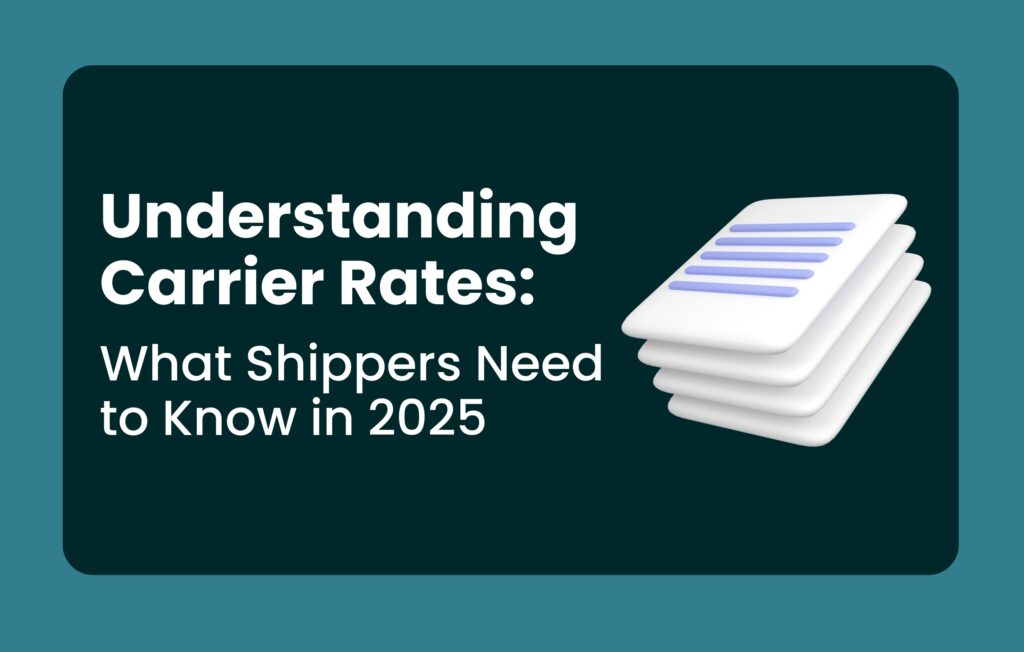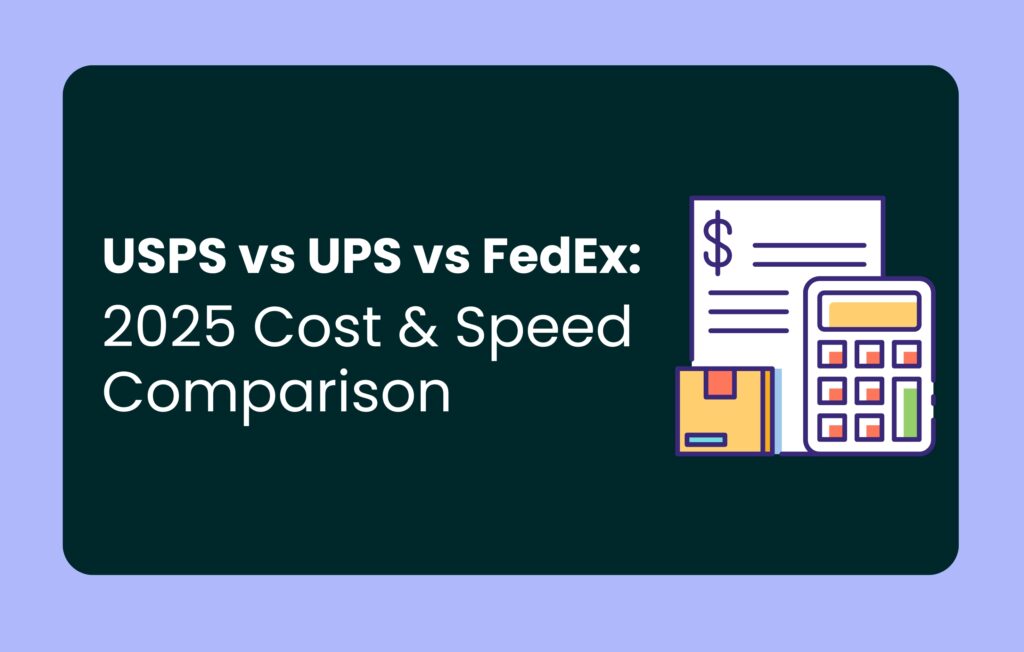What’s scarier for a brand: a carrier strike during peak season or losing customers over slow deliveries?
The truth is, you shouldn’t have to choose. With growing pressure to deliver products faster and cheaper, relying on a single carrier just doesn’t cut it anymore.
That’s why brands are turning to a multi-carrier shipping strategy. By diversifying your last mile delivery carriers, you can reduce your cost to ship, improve delivery speeds, drive revenue growth, and avoid carrier strikes and disruptions.
The Shipping Playbook: The Ultimate Guide to Carrier Diversification explores how a multi carrier shipping strategy can optimize your shipping, ensuring your brand remains competitive and responsive to shopper demands.

Below, we’ll briefly explore how multi carrier shipping can transform your logistics, from risk mitigation to cost optimization – but you’ll want to dive into the ebook for all the juicy details. We also highlight the top alternate last mile carriers who are helping brands meet their shipping goals (jump to the list now).
Strikes Can Strike Hard: A Real-World Example
One recent example that shows the importance of diversifying your carrier network is the Canada Post strike. This event left many brands scrambling to find alternative shipping solutions to maintain their delivery promises at the height of peak season. The strike disrupted service in a major way, leading to delays and rising costs for brands that didn’t have a backup plan.
In our blog on the Canada Post strike, we detail how brands can pivot during major disruptions by exploring alternative carriers. This applies to any type of disruption, not just postal strikes.

Risks of Relying on a Single Carrier vs a Multi Carrier Network
Carriers play an integral role in your supply chain — ensuring the smooth, timely transportation of goods from the warehouse floor to your shopper’s front door. So it may come as no surprise to hear that relying on just one carrier, even though it may sound simple, comes with a host of risk factors.
By spreading your shipments across different carriers (multi carrier shipping), your brand can cover all its bases to keep your shipping and delivery operations running smoothly. So, when unexpected events happen, like a system outage or labor strikes, your brand, and your shoppers, have options.
Benefits of Multi Carrier Shipping
Moving on from the risks, what are some of the benefits of using a multi carrier shipping strategy?
By leveraging multiple carriers, brands can achieve improved reliability and risk mitigation, ensuring that deliveries are less likely to be disrupted by issues with a single carrier. This approach also enhances the shopper experience, providing customers with faster, cost-effective and more reliable delivery options.
Check out other benefits in The Shipping Playbook.
Multi Carrier Shipping: Top Last Mile Carriers
One of the keys to a successful shipping strategy is matching the right last mile carrier to the specific shipping needs of your brand and your shoppers. And while we may be biased that GoBolt Parcel offers the best last mile delivery service, we also believe in the importance of diversifying your carrier network to provide the most resilient, efficient, and cost-effective shipping experience for your end-customers.
Here is a list of the top 4 last mile carriers:
- Intelcom
- Ontrac
- GoBolt Parcel
- Uniuni

The Shipping Playbook
Explore The Shipping Playbook: The Ultimate Guide to Carrier Diversification to learn why adopting a multi-carrier shipping strategy is essential, explore its benefits, and get started with our comprehensive checklist.
Dive in below.








